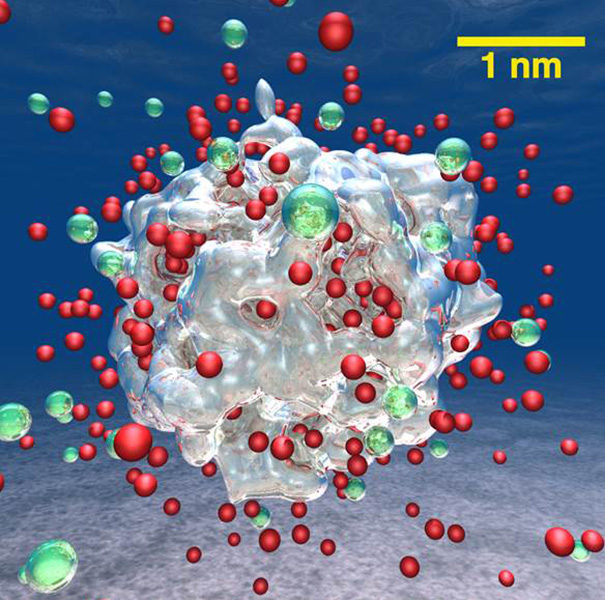
Towards Eco-friendly Industrial-Scale Hydrogen Production
Atomic-scale simulations predict how to use nanoparticles to increase hydrogen production.

Atomic-scale simulations predict how to use nanoparticles to increase hydrogen production.

Chameleon-like color changes are observed by confining liquid crystals within small drops.
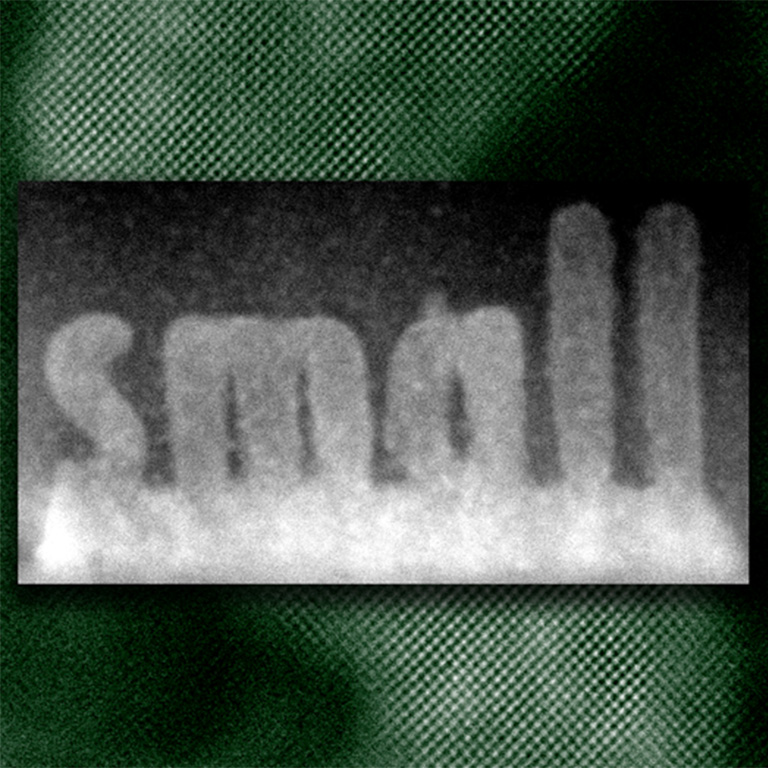
A new tool allows atomic 3D printing.
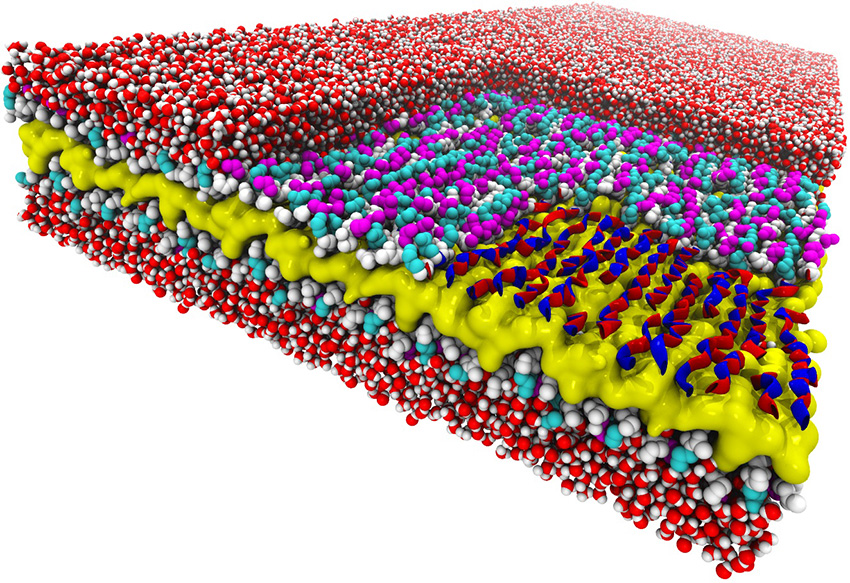
Newly discovered “design rule” brings nature-inspired nanostructures one step closer.
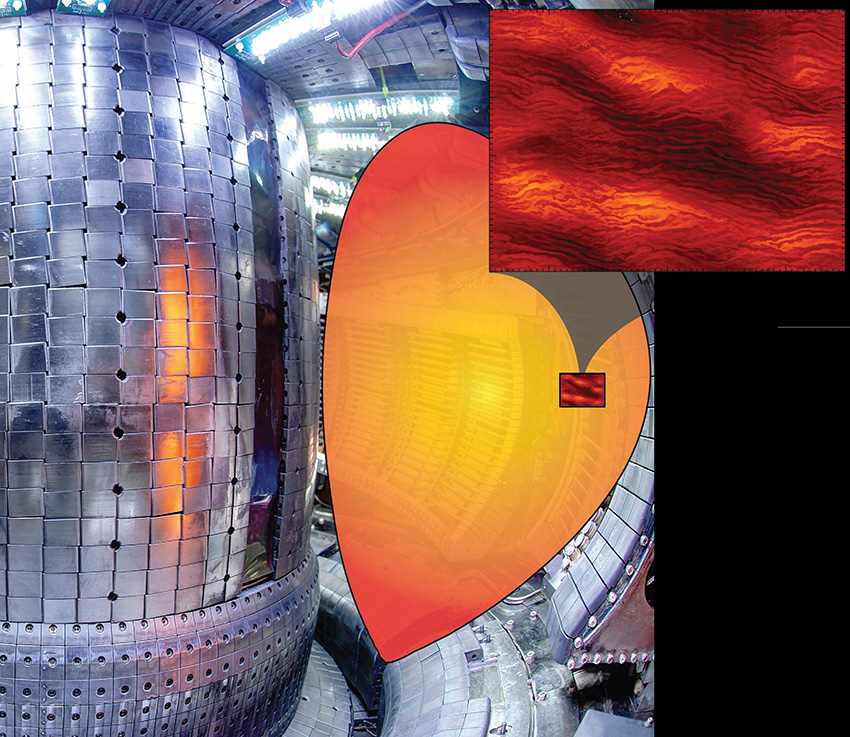
Cutting-edge simulations provide an explanation for a mystery over half a century old.
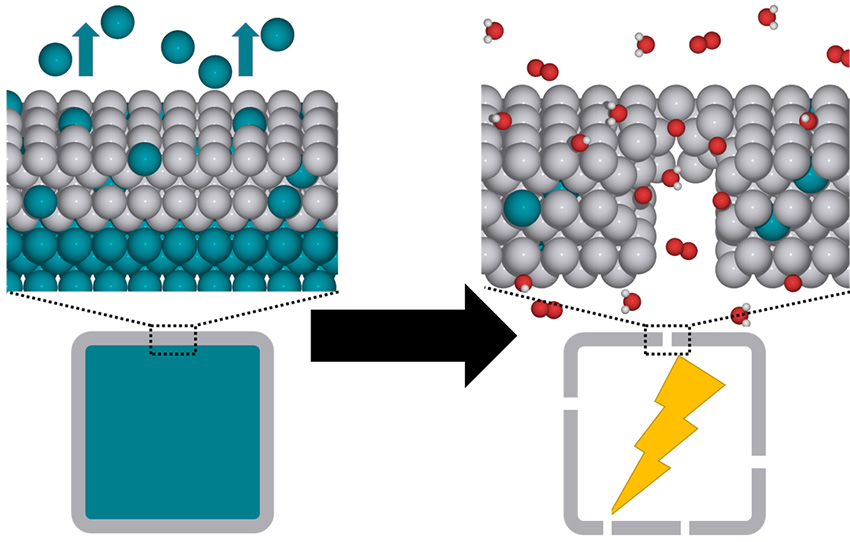
Hollow shape-selected platinum nanocages represent a new class of highly active catalysts.
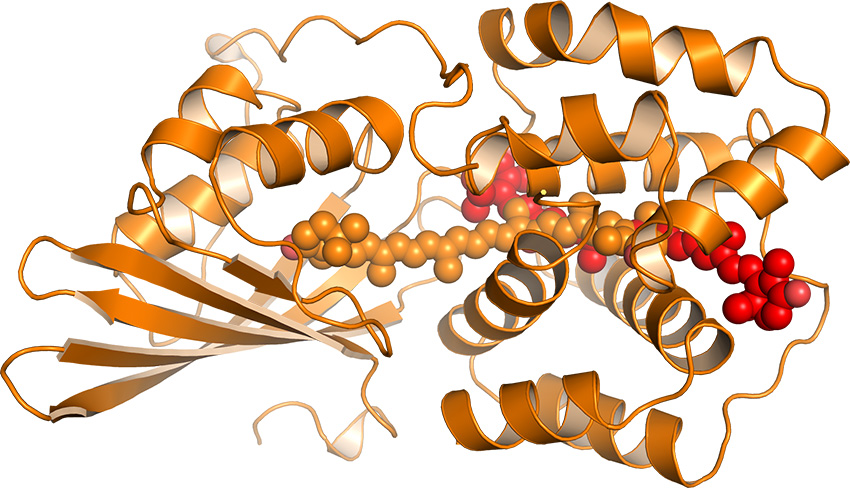
Molecular movements triggered by light redirect the flow of energy through photosynthetic cells to protect them from sun damage.
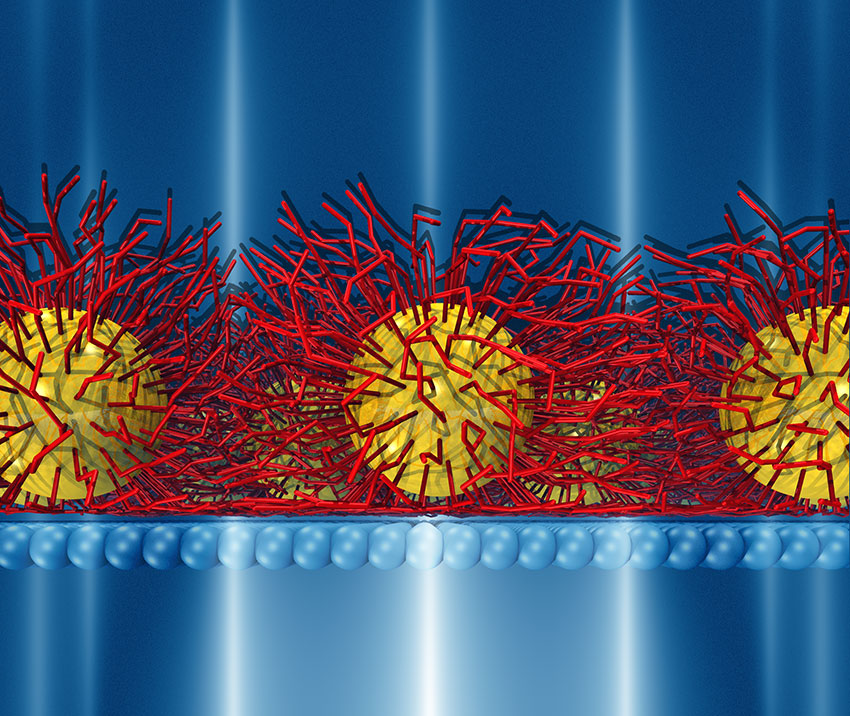
Sub-nanometer molecular asymmetry between the two different faces of nanoparticle membranes formed at air-water interface is revealed.
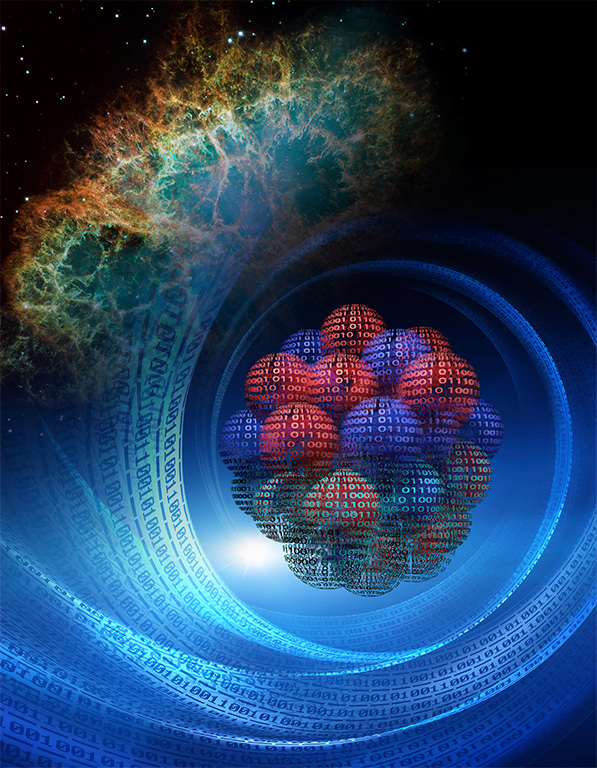
The neutron skin of the nucleus calcium-48 is much thinner than previously thought.
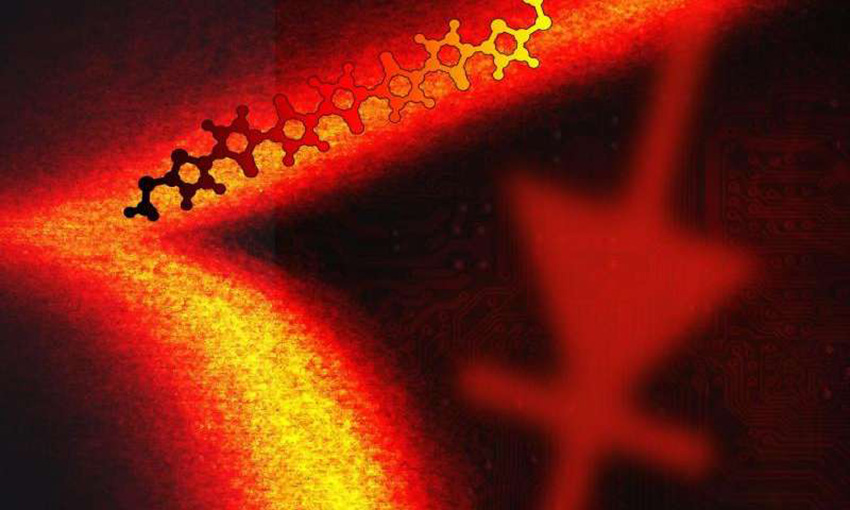
Major milestone in molecular electronics scored by Molecular Foundry and Columbia University team.
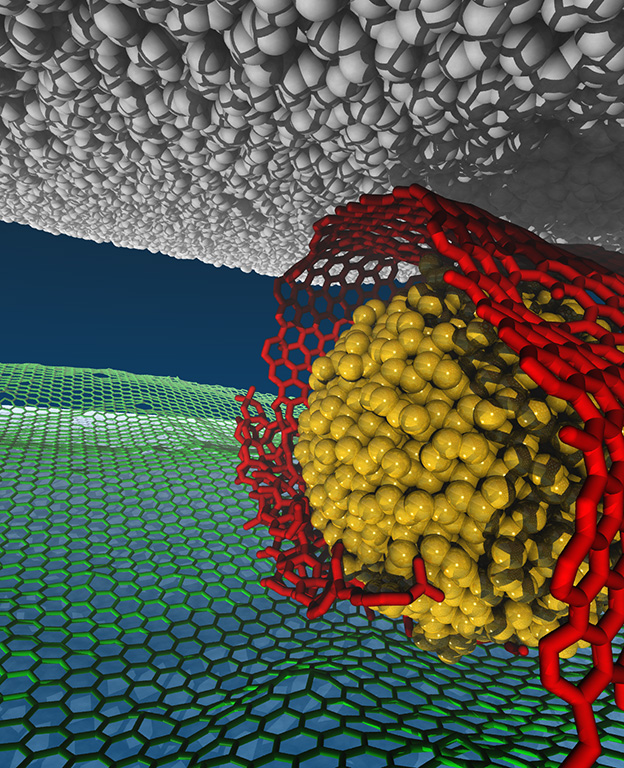
Researchers have attained superlubricity, the near absence of friction, at a carbon-silica interface using nanodiamonds wrapped in graphene flakes.
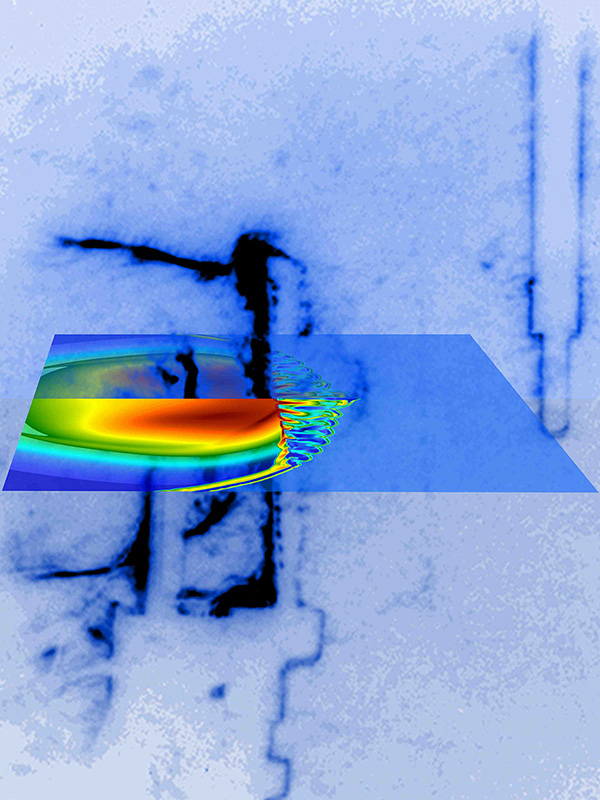
Experimental turbulence model matches the magnetic field amplification seen within the remains of a supernova.